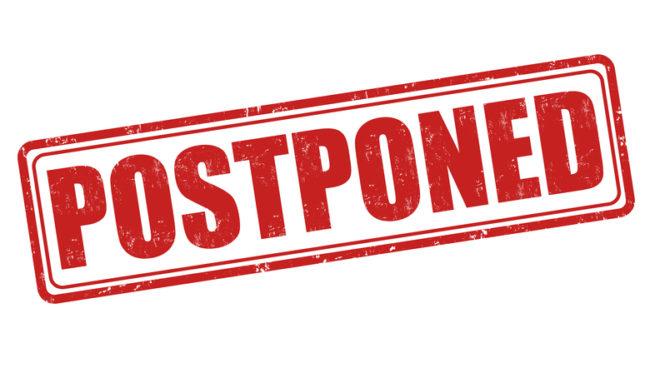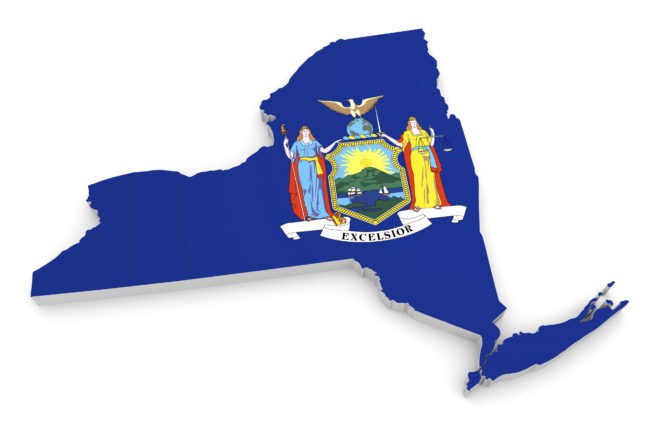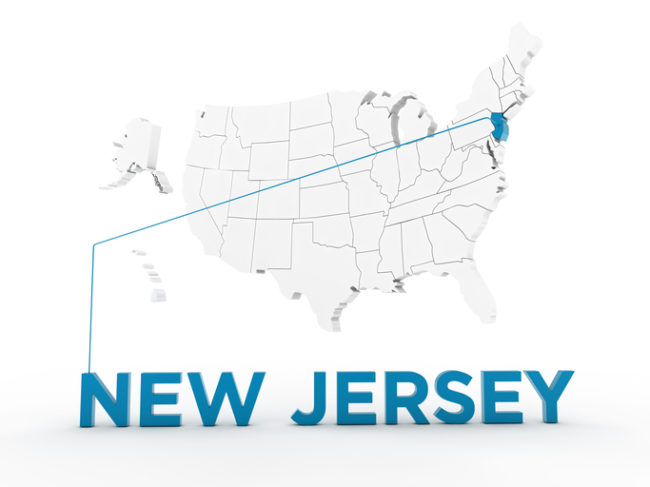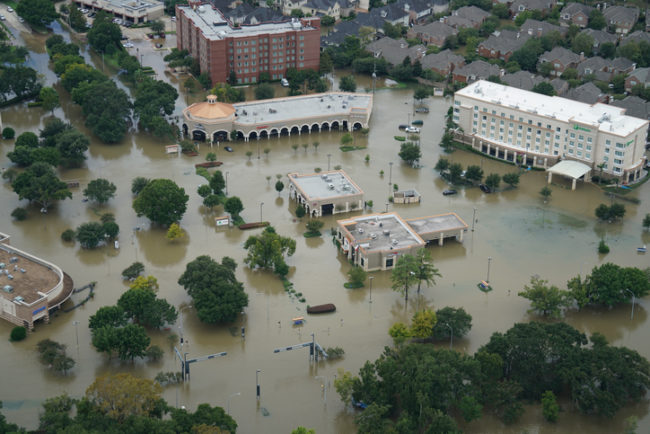The Clean Water Act (CWA) establishes a structure for regulating discharges of pollutants into the waters of the United States and regulates quality standards for surface waters. In May 2015, the EPA and the U.S. Army Corps of Engineers announced the Clean Water Rule (the Rule or WOTUS), hoping to clarify the reach of the elusive phrase “waters of the United States” — the bodies of water protected under the CWA. When the Rule passed in 2015, developers, farmers, and property owners alike became extremely …
Continue Reading









